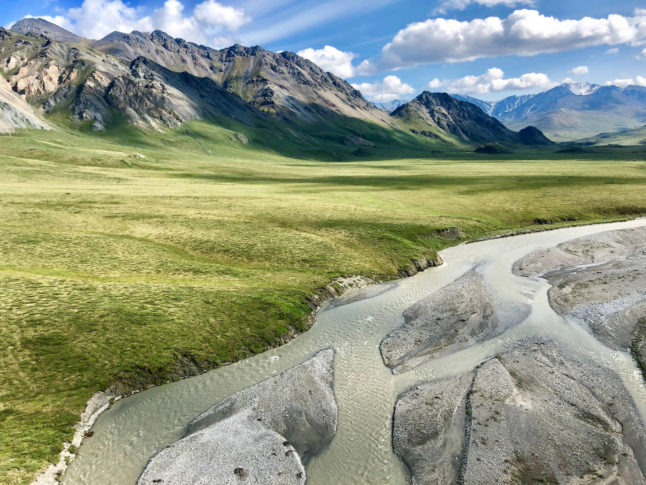Background:
Alaska Conservation Foundation was founded in 1980 to protect Alaska’s public lands and waters by supporting conservation leaders, organizations, and initiatives. Alaska Conservation Foundation supports Alaska’s most critical issues, fosters problem-solving and innovation, and protects Alaska’s ecosystems, communities, and economies. As the country takes the necessary steps to transition to a clean energy future and economy, Alaska Conservation Foundation is grappling with what we perceive to be the largest and fastest-growing social and environmental threat in the state – industrial-scale mining.
Alaska Conservation Foundation is committed to addressing the climate crisis and exploring the need for a Just Transition (a framework for a fair shift to an economy that is ecologically sustainable and equitable for all Alaskans) and a regenerative economy. We feel strongly that a clean energy transition must be just and work to avoid creating unnecessary sacrifice zones across Alaska.
Industrial-scale mining operations threaten critical subsistence resources and contribute to toxic air and water pollution that impact community health. Additionally, increased mining activity will expand the need for dirty energy to power mining operations and require the building of roads to access mining claims which would intersect critical salmon and other wildlife habitats.
What We Are Doing?
- Alaska Conservation Foundation has launched the Mining Impacts and Prevention Fund to support grassroots and tribal efforts to address industrial-scale mining and associated activities across Alaska.
- In March 2022, Alaska Conservation Foundation hosted the Alaska Conference on Mining Impacts and Prevention – A Gathering of Land and Water Guardians.
Quick Facts:
- According to the EPA, Alaska’s top five toxic polluters are the five currently operating industrial-scale mines.
- Since 1981, $4.2 billion has been spent on Alaska’s mineral exploration programs.
- Over ten potential industrial-scale mining projects are being pursued across the State.
- Alaska is ranked 4th overall for investment attractiveness by mining and exploration companies.
- Alaska holds 3.5% of the world’s Zinc, 3% of the world’s gold, 1.5% of the world’s silver, and 0.3% of the world’s copper reserves.
- Alaska’s public lands include transition minerals such as Cobalt, Rare Earth Elements, and Graphite.
- A 2022 Embold Research Alaska poll showed:
- Nearly all Alaskans (88%) have heard at least something about the need for minerals to support the clean energy transition.
- Three in four Alaskans believe that growing the fishing and tourism industries will be better for the state in the long run, even if it slows down or harms the mining industry.
- Sixty-three percent of Alaskans believe that while mining has been part of Alaska’s past, it doesn’t have to be a big part of its future and that economic opportunities from fishing, tourism, and marine farming could provide good-paying jobs for Alaskans that don’t create pollution.
- 74% of Alaskans believe that the health and safety of rural Alaskan communities is the most important thing for the future, even if it delays mining development and the clean energy transition.
- Nearly half of Alaskans (48%) believe that given the value of both the natural environment and critical minerals to the clean energy transition, it is only right for Alaska to prioritize middle-ground strategies like mineral recycling before opening new mines.
Learn More:
To learn more about the growing interest in developing large hardrock mines across Alaska and the impacts existing mining projects, proposed projects, and mineral exploration efforts are having on Alaskans’ traditional ways of life, please consider watching our 10-minute short film: Our Wealth is Our Land.



